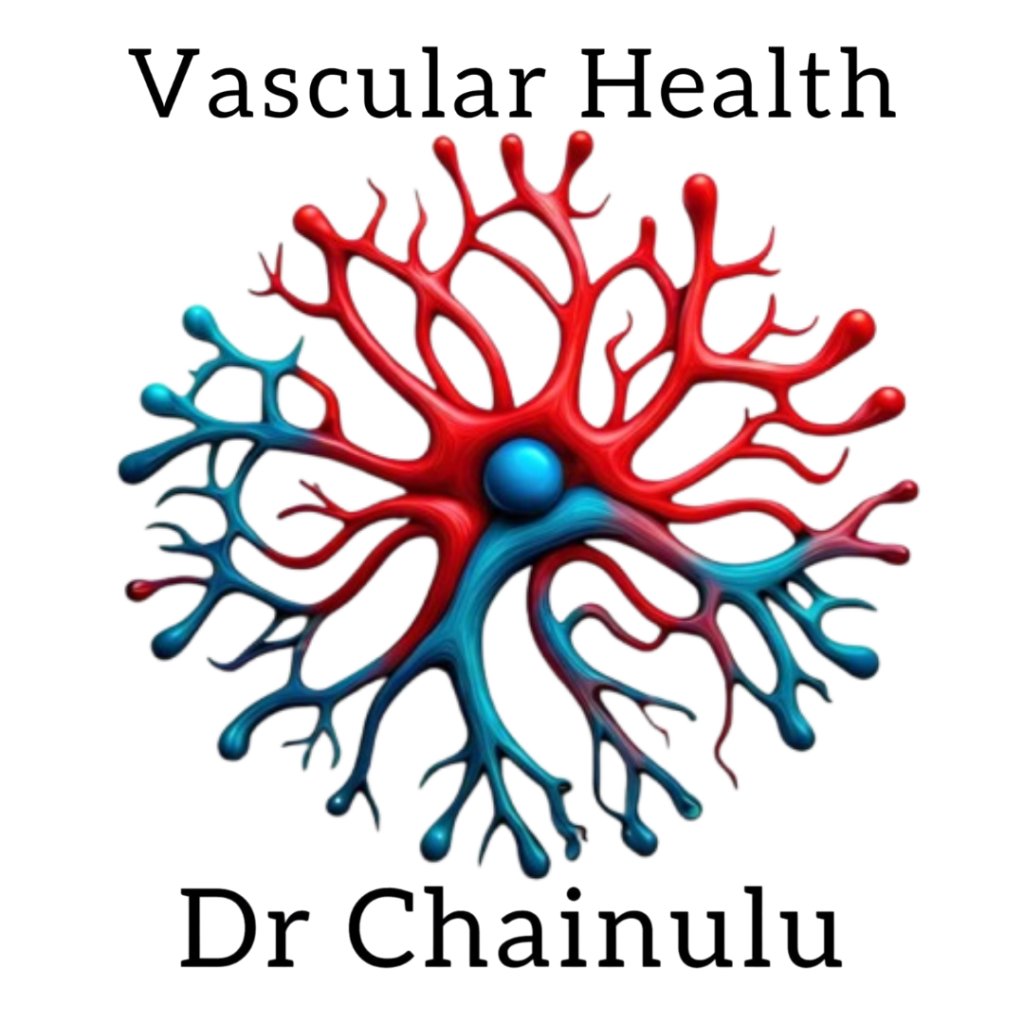Aortic Aneurysms
What is an Aortic Aneurysm?
An aortic aneurysm is a bulge or dilation in the wall of the aorta, the largest artery in the body. The aorta carries oxygen-rich blood from the heart to the rest of the body. When a section of the aorta becomes weakened, it can enlarge, posing a risk of rupture, which can be life-threatening.
Types of Aortic Aneurysms
There are two main types of aortic aneurysms:
- Thoracic Aortic Aneurysm (TAA):
- Occurs in the chest area.
- Can affect the ascending aorta, aortic arch, or descending aorta.
- Abdominal Aortic Aneurysm (AAA):
- Develops in the lower part of the aorta, in the abdomen.
- More common than thoracic aneurysms.
Symptoms of Aortic Aneurysms
Aortic aneurysms often grow slowly and may not cause symptoms until they are large or rupture. Symptoms can vary depending on the type and location but may include:
- For Thoracic Aortic Aneurysms:
- Chest pain or back pain.
- Shortness of breath or difficulty swallowing.
- Hoarseness.
- For Abdominal Aortic Aneurysms:
- Deep, constant pain in the abdomen or lower back.
- A pulsating sensation near the navel.
- Sudden, severe pain if the aneurysm ruptures.
Causes and Risk Factors
Aortic aneurysms can result from several factors, including:
- Atherosclerosis:
- The buildup of plaque in the artery walls weakens the aorta.
- Genetic Conditions:
- Conditions like Marfan syndrome, Ehlers-Danlos syndrome, or other connective tissue disorders can increase the risk.
- Age and Gender:
- More common in people over 65, with men at higher risk.
- Lifestyle Factors:
- Smoking, high blood pressure, and high cholesterol levels are significant contributors.
- Infections or Injuries:
- Rarely, infections or trauma can lead to an aneurysm.
Diagnosis
Diagnosing an aortic aneurysm often begins with a physical examination and imaging tests to confirm its presence and size:
- Ultrasound:
- Commonly used to screen for abdominal aortic aneurysms.
- CT Scan or MRI:
- Provides detailed images to assess the size, location, and risk of rupture.
- X-Ray:
- May detect signs of a thoracic aneurysm.
Treatment Options
Treatment depends on the size and growth rate of the aneurysm as well as the patient’s overall health:
- Monitoring:
- Small, slow-growing aneurysms are often monitored with regular imaging tests and lifestyle changes to control risk factors.
- Surgical Intervention:
- Open Repair: The damaged section of the aorta is replaced with a synthetic graft.
- Endovascular Repair (EVAR/TEVAR): A minimally invasive procedure where a stent graft is inserted through a small incision to reinforce the aorta.
Prevention and Lifestyle Changes
To reduce the risk of developing an aortic aneurysm or its complications, consider:
- Quitting smoking.
- Maintaining healthy blood pressure and cholesterol levels.
- Regular exercise and a balanced diet.
- Routine screenings, especially if there is a family history or other risk factors.
Why Choose Dr. Chainulu for Aortic Aneurysm Care?
Dr. Chainulu specializes in the diagnosis and treatment of aortic aneurysms. With advanced technology and a patient-centered approach, he offers tailored treatment plans that prioritize safety and long-term outcomes. From early detection to minimally invasive procedures, Dr. Chainulu ensures comprehensive care for his patients.
Frequently Asked Questions
1. How serious is an aortic aneurysm?
- An aortic aneurysm can be life-threatening if it ruptures. Early detection and treatment are crucial.
2. How is an aneurysm detected?
- Imaging tests like ultrasound, CT scan, or MRI are used to diagnose aneurysms.
3. Can I prevent an aortic aneurysm?
- Most modern treatments are designed to minimize discomfort and recovery time.
4. How do I know if I need treatment?
- Surgery is typically reserved for large or fast-growing aneurysms. Small aneurysms may only require monitoring.

Our Services
- Varicose Veins
- Deep Vein Thrombosis
- Vascular Malformation
- Aortic Aneurysms
- Mesenteric Vasculature
- Acute Limb Ischemia
- Peripheral Arterial Disease
- Stroke Prevention
- Angiography
- Vascular Access for Chemotherapy
- Spider Veins
- Glue Therapy
- Sclerotherapy
- AV Fistula
- Uterine Fibroid Embolisation
- Varicocele Embolisation
- Thyroid Ablation
- TACE
- Prostatic Artery Embolisation
- Varicocele Embolisation
